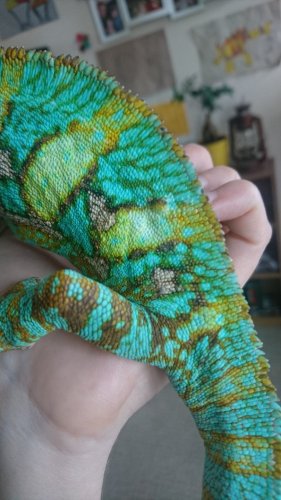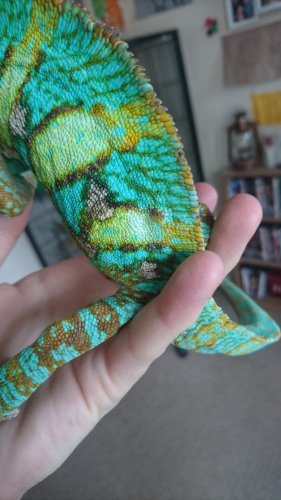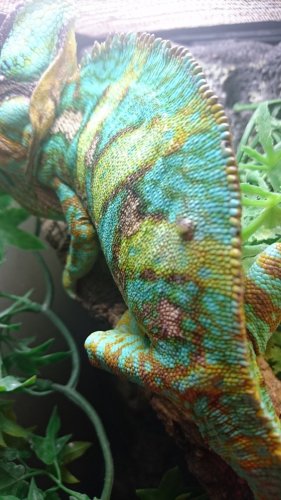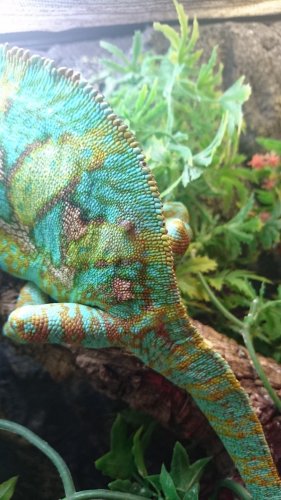CorinnaRae
New Member
My Yemen chameleon was bite by a locust 2 days ago and a small semi hard lump has appeared where he was biten. The lump doesn't appear painful at all, even when pressed, he's still eating and drinking, he's active and alert and displaying all his usual happy colours so is fine in himself. I'm just wondering if there's anything I can do to get rid of this lump? I've tried local vets and they all say that they aren't experienced in reptiles but they'll take a look at him but I'm reluctant to put him through the stress of taking him to the vet if they don't know how to treat him anyway. Any help would be great. Thanks!







